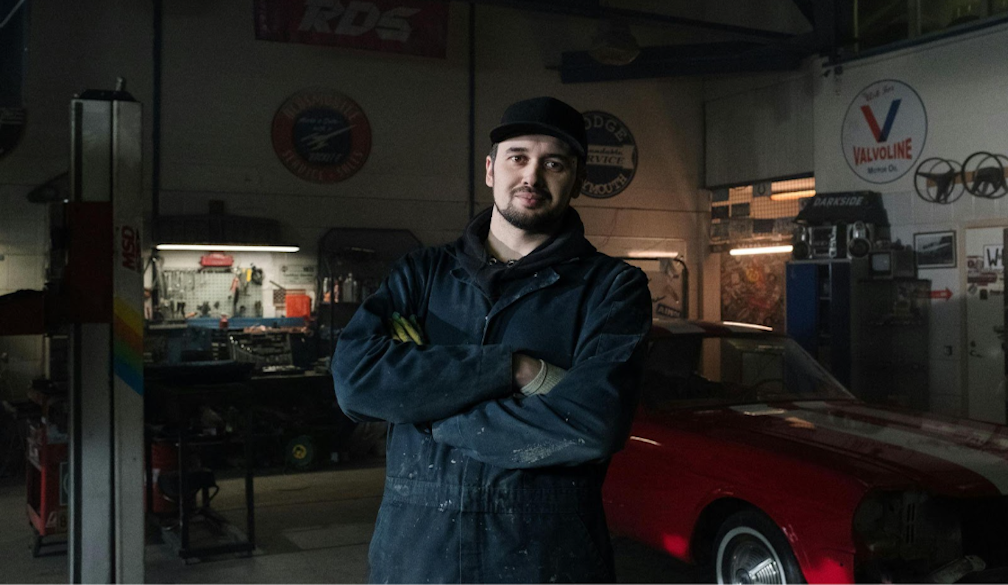The Complete Guide to Lone Worker Safety Solutions Every Employer Should Know About
 Source: pexels
Source: pexelsWorried about what could happen if a lone worker gets into trouble and no one knows? That concern is more common and more serious than many realise. As modern workplaces evolve, more employees are working in isolation, where accidents, health emergencies, or threats can go unnoticed for hours. The good news is, employers no longer have to rely on luck or outdated check-ins. With today’s reliable lone-worker safety systems, it’s possible to monitor workers in real time, ensure rapid response during emergencies, and meet every compliance standard with confidence and care.
The Hidden Risks of Working Alone And What’s at Stake
Working alone may seem routine, but it comes with risks that can escalate in seconds. Falls, sudden illness, or unexpected confrontations can leave workers without immediate help when it matters most. Without visibility, even a small delay in response can have serious consequences both human and financial. One practical safeguard is real-time location tracking, which helps supervisors act the moment something goes wrong. It works because it closes the gap between incident and intervention. For workers, that means confidence in knowing help is never far away. Safety isn’t just about prevention it’s about fast, decisive action when it counts most.
Your Legal Duty of Care: What Employers Must Do to Stay Compliant
Every employer has a legal and moral responsibility to protect staff who work alone. Under WHS legislation, failing to identify and control risks can lead to heavy penalties, reputational damage, or worse avoidable harm. The key is proactive management: assess risks, implement monitoring systems, and document every safety measure. Doing so shows due diligence and genuine concern for worker wellbeing. Modern tools like those from GPS Geo Guard make compliance simpler by providing automated alerts and reporting trails. They work because they create transparency and accountability. Compliance isn’t a box to tick, it's a promise to keep your people safe.
Why Traditional Safety Methods No Longer Cut It
Phone check-ins and manual logs once seemed reliable but in today’s fast-moving workplaces, they leave dangerous gaps. Missed calls, dead batteries, or human error can mean hours before anyone realises a worker needs help. Modern operations demand smarter systems that automate alerts and track status in real time. Upgrading to a digital lone-worker solution ensures no message goes unnoticed. It works because technology reacts faster than humans ever could. For teams, it replaces worry with confidence and control. Old methods rely on trust; new ones are built on proof and that’s the difference between risk and readiness.
Modern Safety Technology That Keeps Lone Workers Connected and Protected
Technology now makes it possible to protect employees anywhere, anytime. GPS tracking pinpoints exact locations, duress alarms send instant distress signals, and mobile apps connect workers directly to monitoring centres. Together, they form a safety net that never sleeps. These tools work because they blend automation with human response, ensuring help arrives quickly. Beyond compliance, they build trust across the workforce. When technology protects your people, it strengthens your entire organisation.
How to Choose the Right Lone Worker Safety Solution for Your Team
Not every workplace needs the same safety system. Start by assessing your team’s daily risks in remote locations, night shifts, or unpredictable environments. Then, look for solutions that are easy to use, durable, and backed by reliable support. The right technology fits naturally into existing routines without adding complexity.This works because it keeps safety management simple while maintaining compliance. When employees trust their tools, they use them with confidence. The best safety system is one your people actually want to use.
From Setup to Success: Implementing a Safer, Smarter Workplace
Adopting new safety technology is just the beginning, it's how you roll it out that matters. Train staff thoroughly, test response systems regularly, and review safety procedures often. One powerful tip: appoint a dedicated safety champion to ensure consistent engagement and feedback. This works because ownership builds accountability. For workers, it means feeling supported rather than monitored.When safety becomes part of your culture, technology turns from a tool into everyday protection.
The Future of Worker Safety Starts with You
Protecting lone workers is a policy and a commitment to people. Every investment in safety technology reinforces trust, reduces risk, and upholds your duty of care. As work environments evolve, so should the systems that protect those who operate alone.









